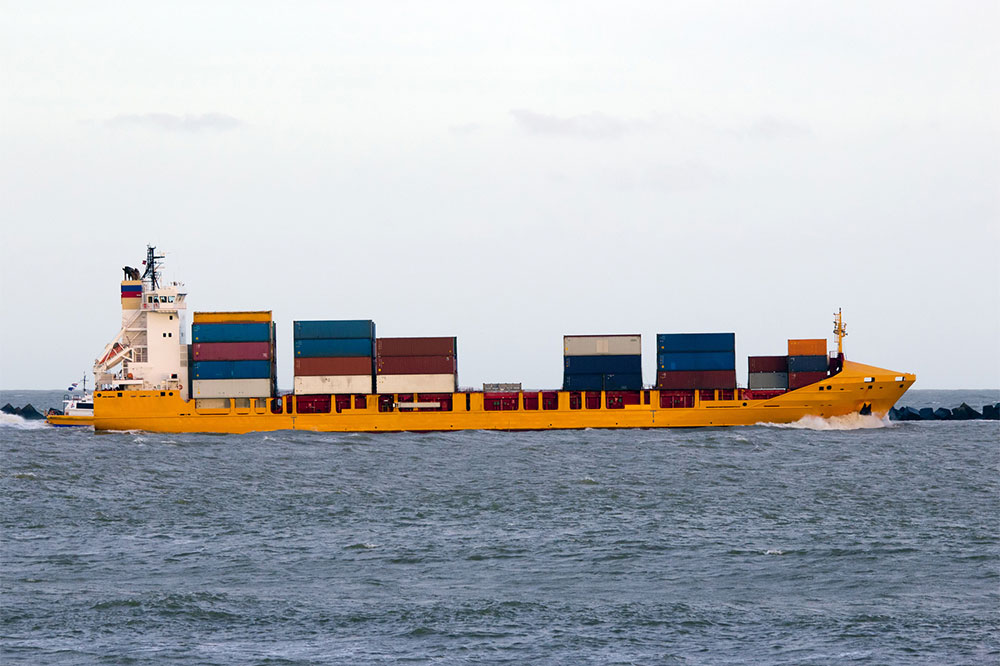Advantages and Disadvantages of Marine Transportation
Marine transportation is a cost-effective and high-capacity method for international trade, connecting global markets. While it offers safety and efficiency, it faces challenges like slow speed, delays, environmental impact, and safety risks. Continuous improvements aim to make maritime shipping more sustainable and secure, supporting the global economy and employment. This article explores the key advantages and disadvantages of sea freight, helping stakeholders understand its role in logistics and trade.

Understanding Marine Transportation: Pros and Cons
Marine transportation, also known as sea freight or water shipping, involves moving people and goods across seas and oceans. It remains one of the most economical and reliable methods for transporting large quantities over long distances. Since water covers much of the Earth's surface, this mode of transportation has historically been essential. Nevertheless, it presents both significant benefits and certain drawbacks that are important to consider.
Advantages of Marine Shipping
Cost-effective: Shipping by sea tends to be less expensive compared to air or land transport, especially for bulk commodities. Sharing shipping costs across multiple clients further reduces expenses.
High Capacity: Ships can carry enormous volumes, accommodating everything from small parcels to bulky machinery and vehicles, enabling large-scale logistics at a lower cost.
Safety and Security: Cargo is stored in sealed containers, minimizing loss or theft during transit. Designed for safety, these containers protect goods against damage.
Global Trade Connectivity: Maritime routes link international markets, facilitating over 70% of worldwide trade through port hubs.
Efficiency: Shipping offers smoother movement compared to land or air options and allows for grouping small shipments. Containers can be transferred seamlessly to trucks or trains for last-mile delivery.
Disadvantages of Marine Transportation
Slow Transit Times: Ships generally operate at slower speeds, and reaching distant destinations can take weeks, making this method unsuitable for urgent deliveries.
Potential Delays: Weather conditions or port congestion can cause delays. Risks like collisions, sinking, or cargo damage also exist.
Limited Tracking: Ship schedules are flexible, and changes can complicate tracking shipments in real-time.
Risk of Accidents: Marine journeys pose hazards such as accidents, piracy, and adverse weather conditions that can endanger cargo and crew.
Additional Transportation: After arrival, cargo often requires further movement via road or air to reach final destinations, increasing total transit time and costs.
Variable Freight Rates: Shipping costs fluctuate based on fuel prices, seasonality, currency changes, and port charges.
Environmental Impact: Ships emit greenhouse gases and pollutants, contribute to ocean water pollution through ballast discharge, and generate noise that affects marine life. Oil spills remain a significant concern, harming ecosystems.
Despite some environmental and logistical challenges, maritime transportation remains vital for international trade. It supports economic development, employing millions worldwide, and offers a more eco-friendly alternative compared to air and land freight. Improvements in safety and technology continue to make this mode of transport safer and more sustainable.
Disclaimer: Our blog provides general insights into various topics, drawing from research and data for informational purposes. Readers should consider these as guidelines and not definitive authority. We are not responsible for discrepancies or updates that may occur elsewhere. Additional schemes and offers may be available beyond our coverage.









